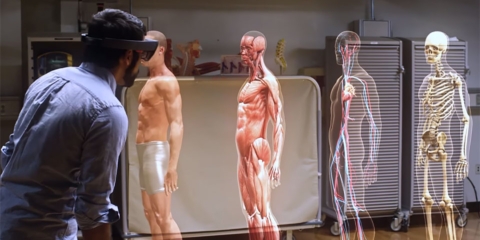Would you like to get notifications from Christian?
Wat is er gebeurd?
Nog niet zo lang geleden was 3D-printen het nieuwe kind op het blok. Nu haalt de term 4D-printing de krantenkoppen, waardoor ons conceptueel vermogen opnieuw wordt opgerekt. Om 4D printen te begrijpen, helpt het om meer vertrouwd te zijn met 3D printen. Het is eigenlijk 3D-printen op steroïden. Dingen die met deze technologie worden geprint, kunnen van vorm en functie veranderen op basis van de omgeving waarin ze zich bevinden. Met deze technologie kunnen printers voorwerpen maken die in de loop van de tijd van vorm en functie kunnen veranderen. 4D printing is al gebruikt om een aantal verbazingwekkende producten te maken, waaronder zelf-assemblerende meubels en kleding die zich aan het weer kan aanpassen. Met deze technologie zijn de mogelijkheden eindeloos!
Lees het hele artikel: https://bit.ly/3uV0XzK
Waarom is dit belangrijk?
4D printen is de volgende stap in 3D printen, en het biedt een breed scala aan voordelen voor zowel bedrijven als consumenten. Hier volgen enkele van de belangrijkste voordelen van 4D printen:
1. Verminderde productietijd en -kosten - 4D printen kan de productietijd en -kosten drastisch verminderen, omdat veel onderdelen tegelijk kunnen worden geprint.
2. Grotere ontwerpflexibiliteit - Met 4D printen heeft u een grotere ontwerpflexibiliteit dan met traditionele productiemethoden. U kunt vormen en structuren creëren die met andere methoden niet mogelijk zouden zijn.
3. Verbeterde functionaliteit - Vierdimensionale objecten hebben een verbeterde functionaliteit ten opzichte van 3D-objecten omdat zij van vorm of functie kunnen veranderen naar gelang van de omstandigheden. Bijvoorbeeld, een medisch implantaat kan van grootte of vorm veranderen zodra het
Christian is a futurist and trendwatcher who speaks about the impact of exponential technologies like AI on organizations, people, and talents. Christian tailors his presentations to your audience's specific industries and needs.



Our world is changing at an exponential rate! A big tidal wave of digital transformation and disruption is coming at us fast. Many organizations see this wave as a threat and experience stress, but there are also organizations that just see this wave as an opportunity.

Imagine sitting with just 10-15 fellow executives at a premier location, gaining clarity on the impact of AI on your industry while enjoying an exquisite dining experience. These are not just meetings—they are transformative moments that will shape the future of your organization

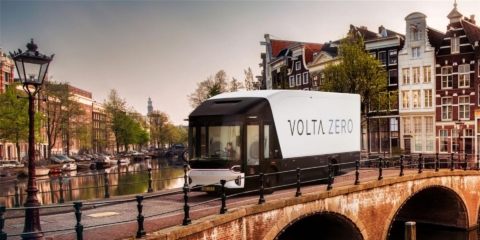

In the future, 3D printing and generative design will allow for products to be designed in a more decentralized manner, and production will take place closer to the customer and fully on-demand. 3D printing technology will also allow for more customization and personalization of products.

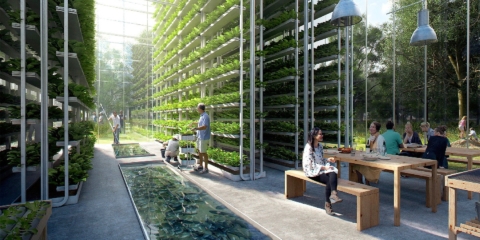
The agricultural industry is ripe for disruption. Robotics, AI, and IoT are all technologies that have the potential to radically transform the way we grow food. In combination with vertical farming, these technologies could increase the efficiency and quality of agricultural products.
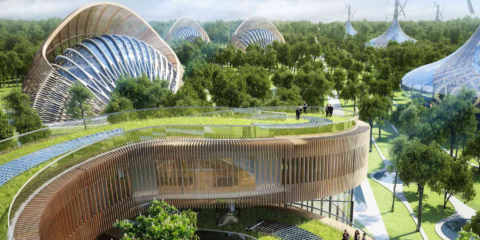
A human-centered society is one that puts people first and where technology is used to unite and empower people. It is a society that values biological life and dignity above all else. It is a society that recognizes the importance of human relationships and works to strengthen them. In a human-centered society, all members of the community are valued and treated with respect.
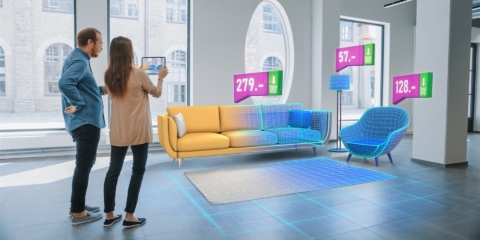
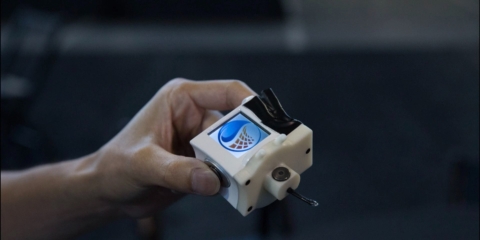
The future of healthcare is here. New technologies like AI, IoT, big data, and smart sensors make it possible to become the CEO of your own health. Imagine that your phone can listen to your voice and AI algorithms can detect small nuances in the tone of your voice that indicate specific diseases.
